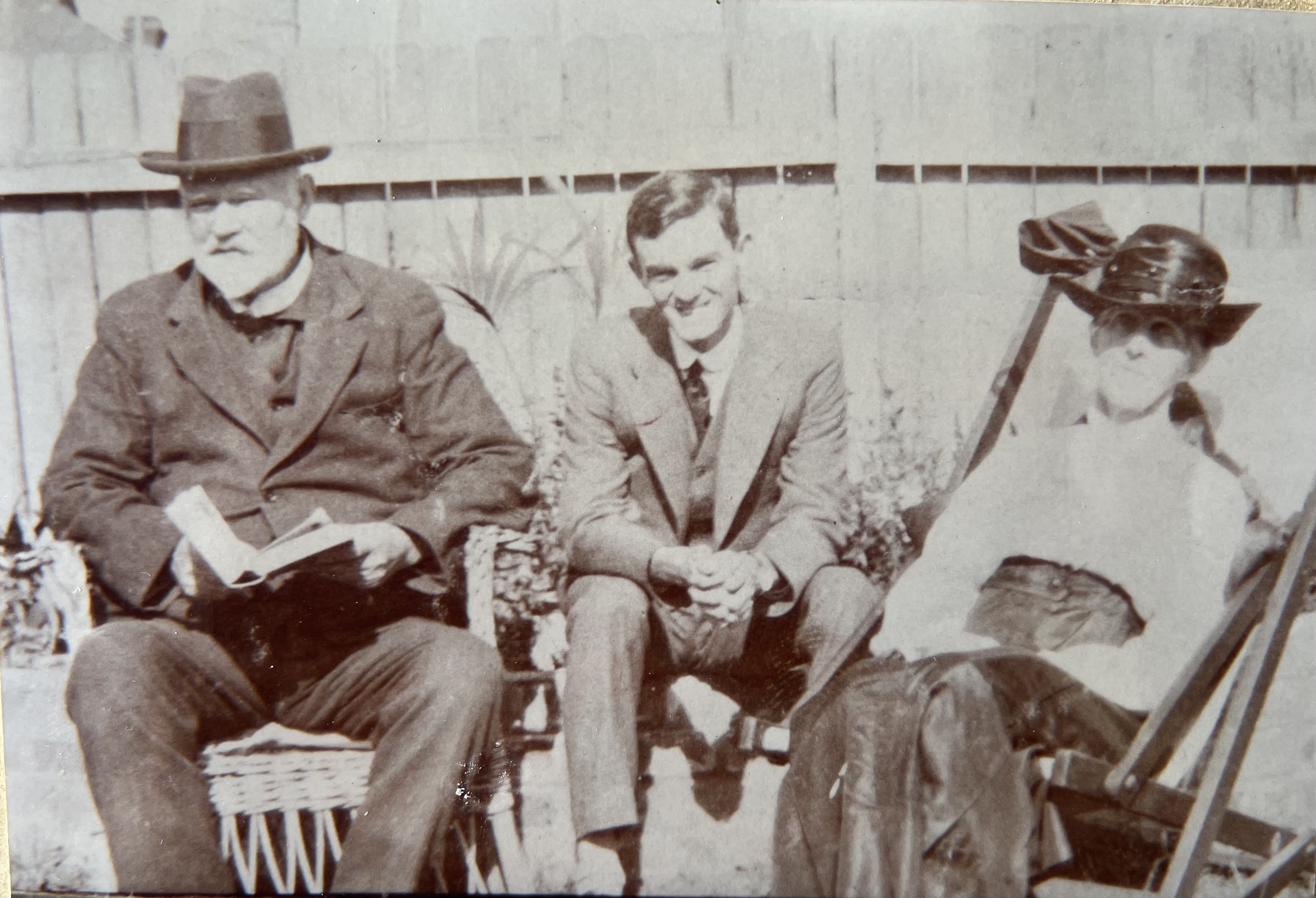


Despite its geographical proximity to Bowen and Mackay in today’s travelling time, Proserpine was still a remote town at the turn of the 20th century with no railway connections and very rough roads. There was no resident doctor and no pharmacy. For most ailments, people relied on traditional remedies such as castor oil and senna pods. Messrs Gus Waite and Jim Webb, both with rudimentary medical training, gave relief to people suffering from toothache and may have rendered first aid in accidents. Childbirth was in the hands of midwives, mostly untrained but well experienced. Dr Traill, from Bowen, occasionally braved the road to provide a minimal service.
Although it is uncertain as to exactly when Dr Anderson came to Proserpine, there are references to his presence in this district in the “Port Denison Times” in the 1903/04 era. Henry Anderson was an undergraduate at the Royal University of Ireland and graduated as Bachelor and subsequently Master of Arts. He turned his attention to medicine and in 1884 obtained the Degree of Doctor of Medicine, taking up practice in Manchester, England. He came to Queensland in 1899 and began to practice in Thargomindah. Country life always appealed to him, and he practiced in turn in Springsure, Proserpine, Harrisville, St. George and Maleny.
By 1910, Dr Anderson was firmly established in Proserpine. He bought two acres of land in what is now Faust Street where the water tower stands today. There he built “Parkfields”, a beautiful home which included a surgery and private hospital and “The Grange”, next door, for his widowed father. This home was bought by the Faust family in 1915.
Dr Anderson played an active role in the rapidly developing town. He supported the establishment of an Ambulance Brigade, offering to give a course on first aid, and later served on the committee.
Early editions of the “Proserpine Guardian” attest to an amazing variety of medical and surgical emergencies, epidemics and accidents with which Dr Anderson had to cope – with rudimentary equipment and only very basic drugs and with little help from outside sources. There were no pathology services, X-rays or antibiotics and he even had to dispense his own drugs. There was little chance of consultations with other doctors and, until the hospital opened, few trained nurses. Yet he provided a general medical coverage of the entire town and shire and obtained remarkable cures, gaining the respect of most of the community.
In 1911, when a public hospital was built after much community pressure, Dr Anderson was appointed Medical Officer and empowered to purchase the necessary instruments and drugs. Over the years, he served the hospital in many ways - as administrator, surgeon, physician, obstetrician, psychiatrist - and came up against many problems. He was constantly recommending measures that would improve the efficiency of the hospital.
Despite being a respected doctor, he never seemed to have a comfortable relationship with the Management Committee. He felt that they were all business men who did not appreciate the right and responsibility of the Medical Superintendent to make all decisions concerning the care and treatment of patients. This conflict came to a head on numerous occasions.
Dr Anderson continued as doctor in charge and in private practice until he resigned in 1918. This was deeply regretted by many and affirmed by the large farewell given by the local community. He continued to practice in various small towns in Queensland until he retired to Sydney in 1921 and died there in 1924.
Story courtesy Proserpine Historical Museum; photo source from Mrs Zena Price
Dr and Mrs Anderson with their son, later Dr Hugh Anderson